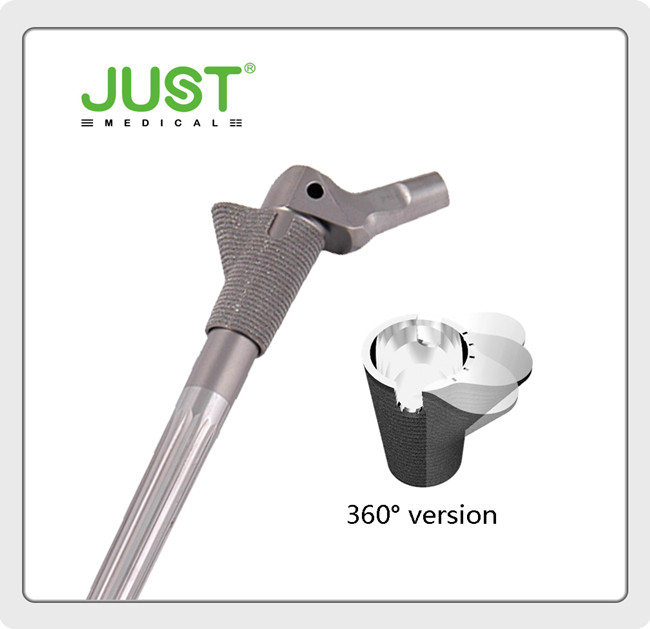Innovation in Hip Implants
 Nov. 12, 2020
Nov. 12, 2020
A few decades ago, few people realized the impact OF 3D printing and peripheral technologies on today's medical patients, because innovative researchers have come up with a range of different implants and devices that they can now enjoy a better quality of life. From surgical guidelines to knee implants to spinal implants, all sorts of things have been created.
In "Design, Fabrication and Fatigue Analysis of Light Hip Implants", Turkish researchers explored and tested better methods for making total hip replacement (THA) hip implants. Most people are aware of the importance of the hip joint, especially if something goes wrong, if you have a major health problem, or if the pain becomes more pronounced as you get older.
The ball-and-socket joints allow humans to perform most of the necessary activities, such as sitting, walking or running, or more athletic activities that require jumping. This joint is expected to handle a lot of wear and tear over its lifetime, and fractures due to trauma can occur at any age but are expected to be more common in older adults. According to the research team, "genetics, nutrition, and lifestyle" can also play a role.
"In situations involving high body weight and physical activity, the increased load on the femur results in flexural and torsional stresses on the femur portion of the implant." "If these stresses are repeated and variable, fatigue fractures or deformations may occur in hip implants," the researchers said.

To further innovate implants, the researchers used titanium powder (Ti6Al4V alloy) for 3D printing. Using a grid structure of KRZ geometry, 3D printing on an EOS M280 direct metal laser sintering (DMLS) machine resulted in nine samples, ranging from 0.03 mm to solid, with a porosity of 78.3%. After making the samples, the researchers found a 17 percent reduction in weight, thanks not only to the ability to make complex structures but also to hollow out the interior.
In tests, the team found that the "neck area" of each implant showed "maximum equivalent stress". Even under the same load, lightweight implants exhibit greater stress, due to the smaller cross-sectional area and greater complexity. Each implant is considered successful after 5 million loading cycles and has an unlimited fatigue life.
"According to ISO 7206, all implants manufactured using DMLS have shown sufficient fatigue performance. In addition, the results of finite element analysis are highly consistent with those of fatigue tests." The researchers concluded, "Thus, finite element analysis can accurately predict displacement beyond the aperture range studied. This allows us to save on production costs and understand implant performance without any build process."













